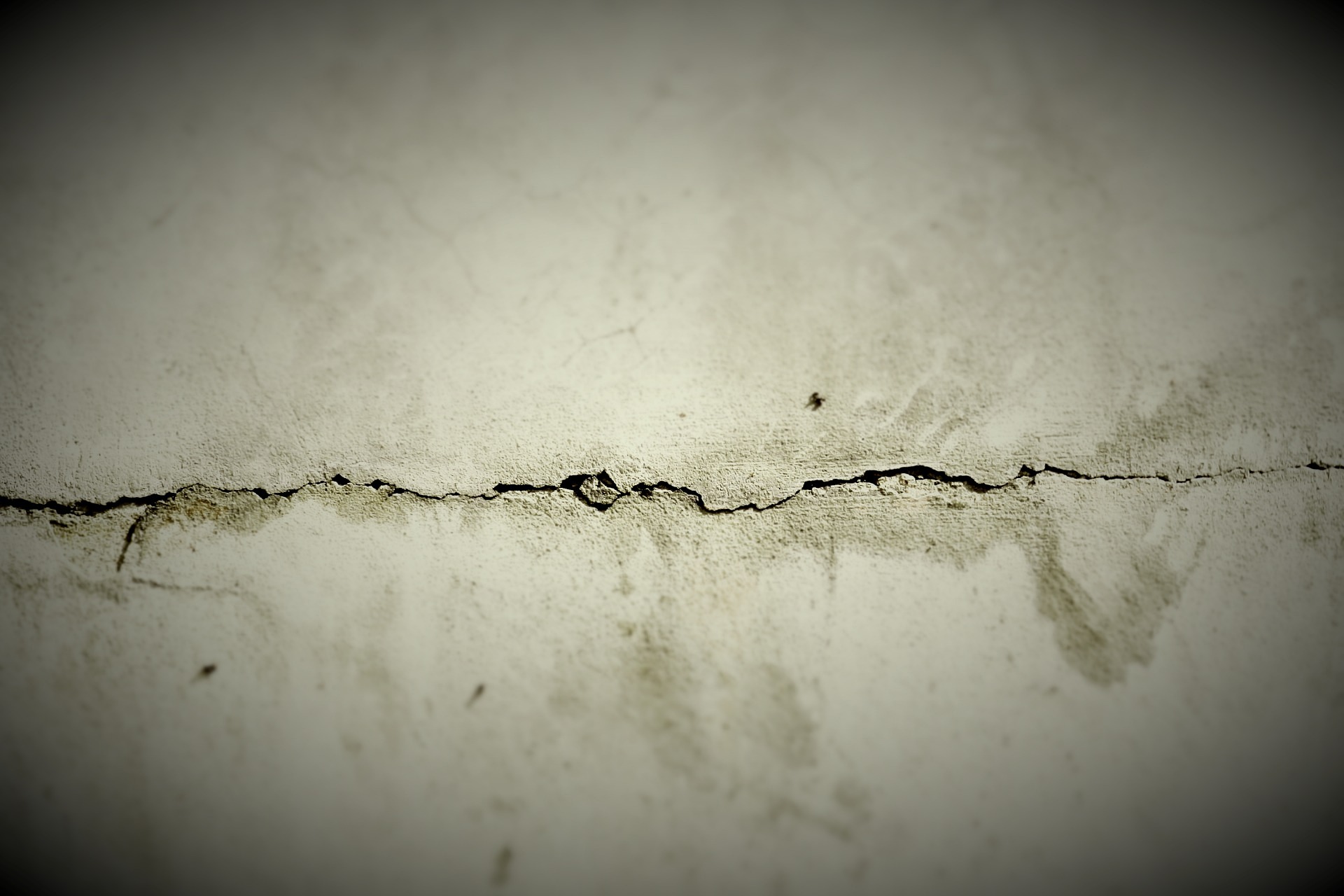How to Identify and Fix Cracks in Concrete Surfaces
Concrete cracks are a common problem that can compromise both the appearance and structural integrity of your property. Whether you're dealing with hairline fractures in your driveway or more significant splits in foundation walls, understanding how to properly identify and repair these issues is essential for maintaining your concrete surfaces. With the right knowledge, tools, and techniques, many concrete crack repairs can be handled as DIY projects, saving you time and money while extending the life of your concrete structures.

Understanding Common Causes of Concrete Cracks
Concrete cracking occurs due to various factors that affect the material’s stability and durability. Temperature fluctuations represent one of the primary causes, as concrete expands and contracts with heat and cold cycles. This thermal movement creates stress within the material, eventually leading to crack formation.
Soil movement beneath concrete surfaces also contributes significantly to cracking. When soil shifts, settles, or experiences freeze-thaw cycles, it creates uneven support for concrete slabs, resulting in stress fractures. Poor drainage around concrete structures exacerbates this problem by allowing water to accumulate and weaken the soil foundation.
Overloading represents another major factor in concrete crack development. When concrete surfaces bear more weight than their design specifications allow, stress cracks develop along the weakest points. Additionally, improper installation techniques, inadequate curing time, or using incorrect concrete mixtures can create weak spots that are prone to cracking.
Types of Concrete Cracks and How to Identify Them
Different crack types require specific identification methods and repair approaches. Hairline cracks, typically less than 1/16 inch wide, appear as thin lines across concrete surfaces. These superficial cracks usually result from surface shrinkage during the curing process and rarely indicate structural problems.
Settlement cracks appear as wider fractures, often running in straight lines or following joint patterns. These cracks indicate foundation movement or soil settling and may require more extensive repair work. Structural cracks, which are typically wider than 1/4 inch, can compromise the integrity of concrete elements and often require professional assessment.
Map cracking creates a spider web pattern across concrete surfaces, indicating widespread surface deterioration. This type of cracking usually results from rapid drying during the curing process or exposure to extreme weather conditions. Diagonal cracks in walls or vertical surfaces often indicate differential settling or structural movement.
Step by Step Guide to Repairing Small Concrete Cracks
Successful crack repair begins with thorough preparation of the damaged area. Clean the crack thoroughly using a wire brush or compressed air to remove loose debris, dirt, and vegetation. For deeper cracks, use a chisel to widen the crack slightly, creating a V-shaped groove that allows better adhesion for repair materials.
After cleaning, assess the crack’s depth and width to determine the appropriate repair method. For hairline cracks, liquid crack fillers work effectively, while wider cracks may require patching compounds or concrete caulk. Apply the chosen repair material according to manufacturer instructions, ensuring complete filling of the crack.
Allow adequate curing time based on the repair material specifications and environmental conditions. Most concrete crack repairs require 24-48 hours of curing time before the surface can bear normal loads. During this period, protect the repair area from extreme temperatures, moisture, and traffic.
Materials Used for Concrete Crack Repair
Various materials are available for concrete crack repair, each suited to specific crack types and conditions. Hydraulic cement works well for active leaks and cracks that experience water infiltration. This material expands as it sets, creating a watertight seal that prevents further water penetration.
Polyurethane sealants offer excellent flexibility and adhesion properties, making them ideal for cracks that experience movement due to temperature changes or structural settling. These sealants maintain their elasticity over time, accommodating minor movements without breaking the seal.
Epoxy injection systems provide high-strength repairs for structural cracks in concrete elements. These two-part systems penetrate deep into cracks, creating bonds stronger than the original concrete. However, epoxy repairs work best in stable cracks that don’t experience significant movement.
Concrete patching compounds offer versatility for various crack sizes and types. These pre-mixed materials provide good adhesion and can be shaped to match surrounding concrete textures. Some patching compounds include fibers for added strength and crack resistance.
| Material Type | Provider | Cost Estimation |
|---|---|---|
| Hydraulic Cement | Quikrete | $8-15 per 10lb bag |
| Polyurethane Sealant | Sikaflex | $12-25 per tube |
| Epoxy Injection Kit | Simpson Strong-Tie | $45-80 per kit |
| Concrete Patch Compound | DAP | $15-30 per container |
| Crack Filler | Red Devil | $6-12 per tube |
Prices, rates, or cost estimates mentioned in this article are based on the latest available information but may change over time. Independent research is advised before making financial decisions.
Proper concrete crack repair extends the life of concrete structures while preventing more extensive damage that could require costly replacement. Regular inspection and prompt repair of small cracks prevent water infiltration, freeze-thaw damage, and progressive deterioration. By understanding crack causes, identification methods, and appropriate repair techniques, property owners can maintain their concrete surfaces effectively and economically. Remember that while many crack repairs can be handled as DIY projects, significant structural cracks or recurring problems may require professional evaluation to ensure proper resolution and long-term stability.




